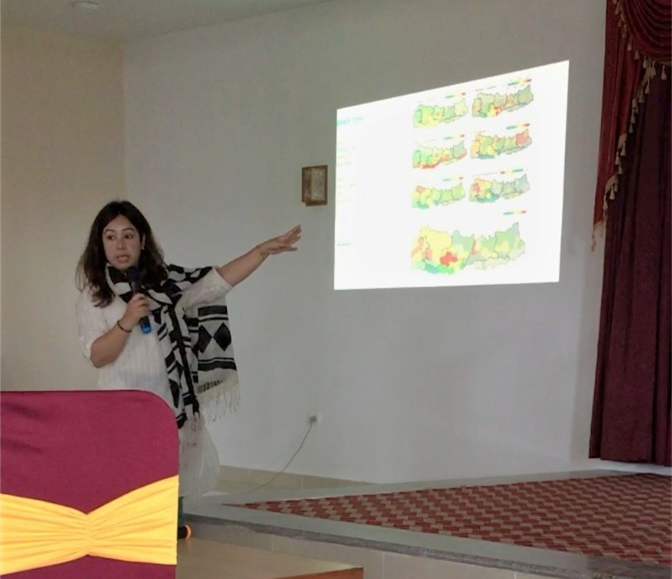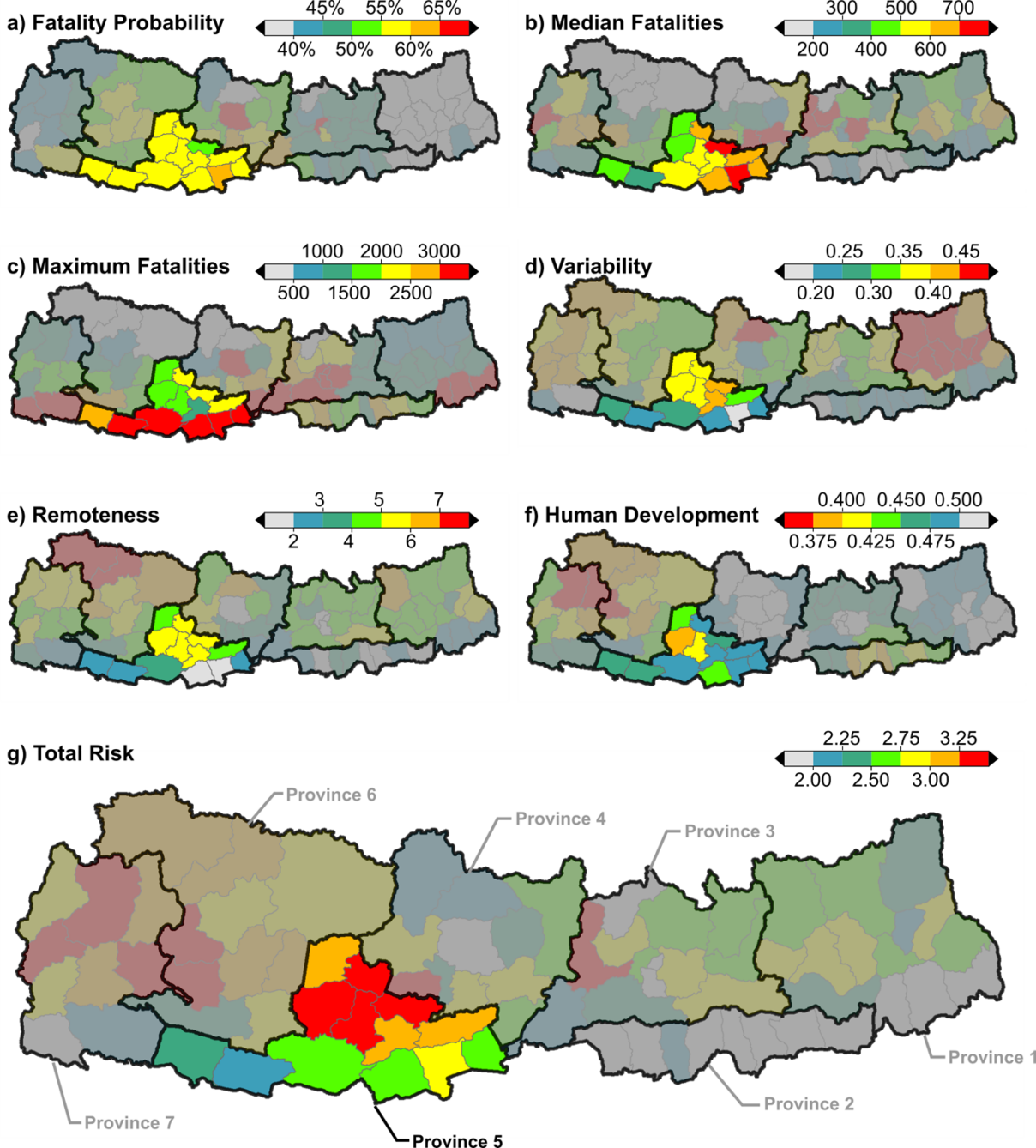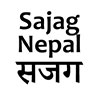Provincial Humanitarian Coordination and Contingency Planning Workshop

The Sajag-Nepal team got an opportunity to be part of the one-day Provincial Humanitarian Coordination and Contingency Planning Workshop at Lumbini Province. The event was funded by ECHO and was implemented by UNDP, UNICEF, and UN Women through the Strengthening Urban Preparedness, Earthquake Preparedness and Response in Western Region of Nepal (SUPER) project.
With the authority and power provided to the provincial government and the need for the Emergency Response and Preparedness Plan (ERPP), the workshop’s major focus was on the cluster activities leading to the initial planning of the earthquake contingency plan. The program had representation from the Ministry of Home Affairs, National Disaster Risk Reduction and Management Authority (NDRRMA), the government of Lumbini Province (Ministry of Internal Affairs, Law, and Communication, Ministry of Economic Affairs, Ministry of Water Supply, Rural and Urban Development), UN agencies and humanitarian cluster members, security forces, the Red Cross, and local NGOs.
In Nepal, eleven clusters have been adopted under GoN leadership with support from cluster co-leads and are active throughout the year for preparedness and response planning and responding to reoccurring hazard events, as necessary. In addition to individual clusters briefing on their goals, key activities, expectations from the provincial government, and humanitarian needs, a risk scenario of Lumbini Province was provided with a major focus on earthquake impacts. The Humanitarian Country Team at the national level has been working with the Sajag-Nepal team for scientific evidence to inform disaster response. On behalf of Sajag-Nepal, Sweata Sijapati spoke on overall earthquake risk in Nepal and on the earthquake ensemble focusing on Lumbini Province based on the 90 different earthquake scenarios in Nepal (Robinson et al. 2018) which simulates the impacts associated with collapsed and damaged residential homes as a result of ground shaking (see figure below).

The participants were informed about the risk metrics including likelihood, fatalities (average and worst-case), and variability which was relatively low compared to other provinces indicating better prediction, so planning for the average case impacts was suggested as the cost-effective approach for the earthquake risk reduction. Further, Sweata highlighted the need of scientific evidence and research to inform the GoN and humanitarian agencies on the potential impacts to inform cluster preparedness planning. A key objective of the Sajag-Nepal research is to establish a robust evidence-based approach to strengthen the national-scale strategic planning for complex multi-hazard events through the UN Humanitarian Country Team (HCT) Cluster Emergency Response and Preparedness Plans (ERPPs). Thus, this workshop provided a platform to share the ongoing research activities along with the types and levels of risk as a basis for prioritizing preparedness interventions and advocating the use of the science for emergency preparedness and response planning in Nepal.
A similar workshop on provincial humanitarian coordination and contingency planning was conducted in Karnali and Sudurpaschim. These programs are believed to pave the road for the provincial government and humanitarian cluster coordination and collaboration to enhance the localization and inclusion of science for emergency response and preparedness planning. Sajag-Nepal will continue to help the GoN and Humanitarian clusters in the development of the ERPPs and provide more suitable and accurate information on the potential impacts of multi-hazard events in Nepal.
